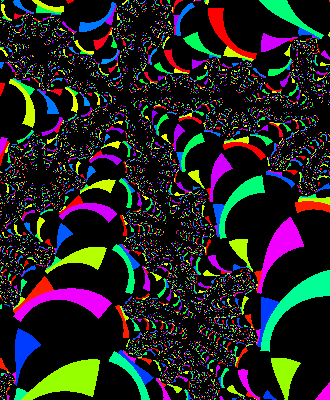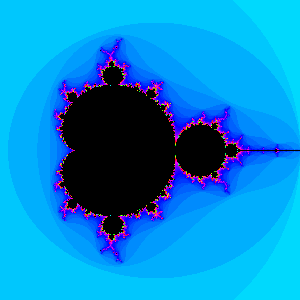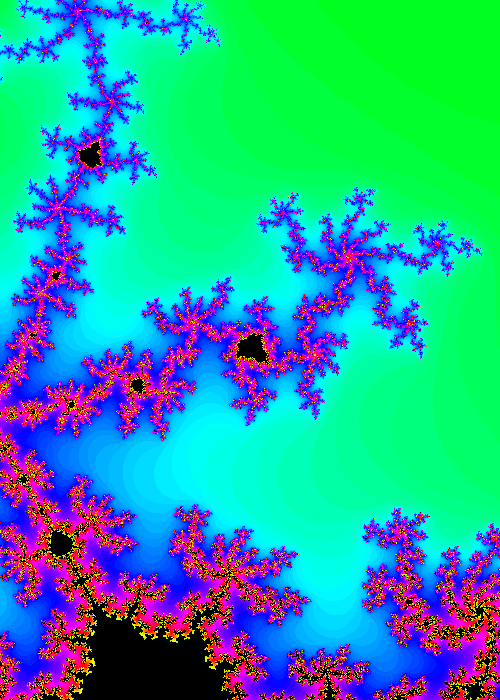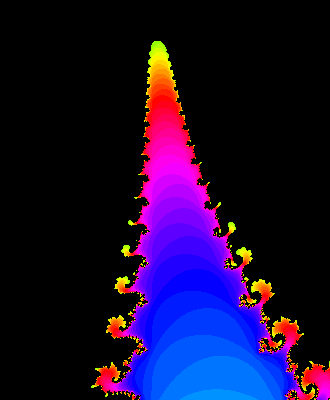

|
|
Everything Is Connected: Science Science is the name for our society's attempt to understand the physical world. The way scientists do this is called the scientific method. (For more information about the scientific method, see The Scientific Method by Donald E. Simanek from Lockhaven University of Pennsylvania and On Scientific Method by Percy W. Bridgman.) Science should never claim to have ultimate truth like some Scientists are only human. They can make mistakes, be prejudiced, commit fraud,or just lack understanding. Unfortunately, some people confuse the frailties of scientists with the existence of science and the physical world. Scientists are wrong sometimes, but that doesn't mean you can just pick the fantasy of your choice and make it a reality. We can't prove reality exists outside our own minds, but even if the laws of nature are a construct, we can't change them at will. For example, you may want to believe that people can use their psychic energy to fly, but if you jump off a cliff you'll find out your mistake soon enough. On the other hand, although scientists have made many impressive discoveries, that should not be cause for arrogance. There is much we don't yet know about the world, and much that other cultures can teach us. It's a matter of keeping your perspective. This page will mostly concentrate on recent scientific discoveries that show connections between different disciplines. History and Philosophy of Science and Logic (www.lhup.edu/~dsimanek/history.htm) An excellent page of links by Professor Simanek at the Lockhaven University of Pennsylvania Science Daily (www.sciencedaily.com) Created by Dan Hogan, a science writer for the National Institutes of Health, this is a great source of information about the latest scientific research covering a large range of topics. It's also written so that a nonscientist can understand it and has a very large, searchable archive. New Scientist (www.newscientist.com) This is an online version of a print magazine. The New Scientist website covers stories on subjects that range from global warming and the dangers of depleted uranium to particle physics with daily updates. It's also nontechnical and has a searchable archive. International Center for Technology Assessment (www.icta.org) This think tank analyzes the consequences of new technology on society. The Nature Institute (www.natureinstitute.org) Nonprofit organization that combines science and environmentalism in a more wholistic approach. Institute focuses on connection and unity instead of the fragmented, reductionist approach that is unfortunately commonplace in most scientific research and publications. Articles (nontechnical) posted on the site make a very informative and fascinating read. The Nature Institute also publishes In Context. Everything Is Connected: Science: Complexity Complexity The study of how living and nonliving things organize themselves into patterns and interact as systems. Complexity is extremely multidisciplinary and involves scientists in a vast assortment of fields from Biology to Physics. It is also closely related to Fractal Geometry and Chaos Theory. Complexity Science (http://www.geocomplexity.com/complexity_science.htm) A nontechnical essay explaining complexity, and why it is hard to define. Geocomplexity.com is a site run by a professional geologist. Everything Is Connected: Science: Ecology Ecology The Ecologist (http://www.theecologist.org) Applies the science of ecology to environmental, social, political, philosophical, and economic issues with an emphasis on current events. Its motto is 'Rethinking Basic Assumptions'. This magazine is international in scope with the world's largest circulation in its subject area. The website has a great database of full-text articles searchable by subject. The only drawback is that the current issue is not available online. Otherwise, it's a great resource. Biodiversity and Conservation by Peter J. Bryant (http://darwin.bio.uci.edu/~sustain/bio65/Titlpage.htm) This hypertext book is about the importance of earth's biodiversity, and how it is endangered. Biodiversity means the number of different species of plants and animals that form the web of life. Chapter 16, which describes the relationship between population growth and agriculture, is particularly interesting. It is related to the work of Daniel Quinn. Mr. Bryant is a professor at the University of California, Irvine. The book was written for an undergraduate class there, and it is very readable. Everything Is Connected: Science: Ecopsychology Ecopsychology This multidisciplinary field combines Ecology and Psychology to to study the causes of environmentally destructive behaviour, and how living in artificial environments affects mental health. Ecopsychology On-Line (http://ecopsychology.athabascau.ca/) Unfortunately, this electronic magazine from the Athabasca University in Canada seems to be no longer published, but it contains a very good defintion of ecopsychology combined with some excellent articles on the subject. Everything Is Connected: Science: Anthropology Anthropology Ecological Anthropology (University of Alabama) (http://www.as.ua.edu/ant/Faculty/murphy/ecologic.htm) Studies how different cultures interact with the environment. Discipline is largely involved in examining issues like the effect of resources on population growth and any resulting environmental damage. Website provides a very good, detailed summary of the basic ideas, leading researchers, books, and links. Everything Is Connected: Science: Physics Physics Chaos Theory A new scientific theory for dealing with systems that are complex, unpredictable, and/or have random events, or, in other words, most of the real world. Natural systems are so complicated that no matter how carefully we measure them, we can't know everything about them. Although measurements can be extremely accurate, they can't be accurate to infinity, and tiny differences/errors in the beginning can lead to gigantic ones later. This is known as the Butterfly Effect, because under the right circumstances, the effect of the fluttering of a butterfly's wings can make the differenence between whether or not there will be a tornado.(So much for ever getting accurate weather predictions.)This shows how even the actions of the smallest creature can have a large effect on the whole. What is Chaos? A Five-Part Online Course For Everyone (http://order.ph.utexas.edu/chaos) A very good, very short (Each part is only a paragraph long), nontechnical explanation from the University of Texas at Austin. See the Alternative Energy section for information about controversial subjects like cold fusion. Everything Is Connected: Science: Mathematics Mathematics Fractal Geometry Remember high school geometry? Euclidian geometry only works in a two dimensional world, and of course our world has at least four dimensions, including time. There are no two-dimensional objects in the real world, and there aren't very many three-dimensional objects shaped like perfect cubes, pyramids, or spheres, either. Fractal geometry is totally different. Its equations can describe irregular shapes in nature, including those of plants and animals like leaves, or branches, or the shape of your arm. All the parts are the same as the whole, so that you can increase or decrease the magnitude to infinity, and they still create the same shape(s). Fractal geometry is often utilized by researchers specializing in Chaos Theory. The pictures created by fractal geometry equations are also very beautiful. They resemble the images you see in a kaleidoscope, or when you rub your eyes. Here are some examples:     What Is Fractal Geometry? Worlds Within Worlds (http://projects.edtech.sandi.net/montgomery/fractalquest/fmmwhatisit.htm) Nice, short, easy to read explanation of fractals from Montgomery Academy. The Geometry Junkyard (http://www.ics.uci.edu/~eppstein/junkyard/fractal.html) Fractal art, jewelry, internet games, and other cool stuff. Some of it does get technical, but most isn't. The Nature of Fractals (http://www.fractovia.org) A detailed explanation of fractals that isn't too technical. Website also includes over 600 pages related to fractals with many pictures and an art gallery. Fractalism Art Gallery (www.fractalism.com) Many beautiful images, combining mathematics and art, created from fractal equations. |
|
Science
Ecology Ecopsychology Anthropology Physics Mathematics |
|
Free Newsletter!
Environmentalism
Philosophy Money Health Information See New Stuff Email Me |